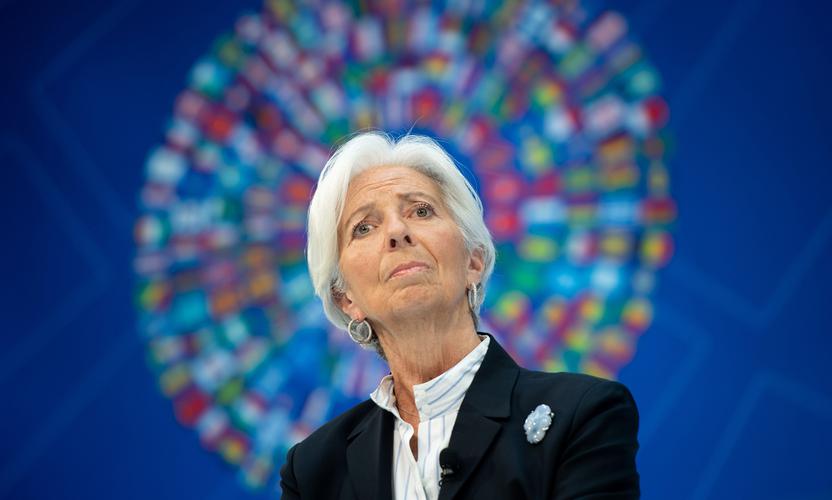The move comes ahead of S&P Global Ratings’ review of Italy’s credit rating, which it currently ranks two notches above investment grade with a negative outlook. But the continued lack of agreement at the EU over sharing the financial burden through instruments such as coronabonds is likely to fuel further concerns over Italy’s mounting debt levels, pushing bond yields higher.
Hope persists that EU heads of governments, who are meeting this week, will agree on joint financing of a recovery after the pandemic. However, any meaningful progress on the thorny issue of coronabonds remains unlikely.
Instead, there are growing expectations that the ECB, which also has its meeting next week, will increase its €750bn Pandemic Emergency Purchase Programme (PEPP). The ECB will have to do more as new figures show an alarming drop in economic activity: Eurozone flash PMI readings show the region fell to a record new low of 13.5 as lockdowns caused a dramatic drop in production and consumer spending.
Further US stimulus
Adding to the bleak economic data is Thursday’s US weekly jobless claim report which showed that another 4.4 million workers filed for unemployment claims in the week ended April 18. This means that a record 26 million Americans have claimed unemployment benefits over the last five weeks, wiping out all gains made in the last decade during the longest employment boom in US history.
Support for the economy is coming from even more fiscal and monetary stimulus. Earlier in the week, the US Senate agreed another $484 billion in stimulus funding. The US has already authorised $2 trillion of fiscal aid. In addition to the massive fiscal intervention, the Federal Reserve has said it would provide an additional $2.3tn in loans to shore up the economy during the pandemic and buy high yield ETFs worth $1.2tn. The central bank is now buying around $40bn Treasuries a day, compared to about $75bn in mid-March. This compares to $120bn of assets a month that the Fed was buying during the financial crisis in 2009. While these measures by the Fed have provided strong support for a cap in yield spreads across many sectors of the credit markets, risks remain. These come from recurring infection waves, persistently poor unemployment numbers, defaults and relentless daily negative growth and earnings headlines, meaning that a prolonged ‘U’ or a ‘W’ for the markets remains the most likely scenario.







































